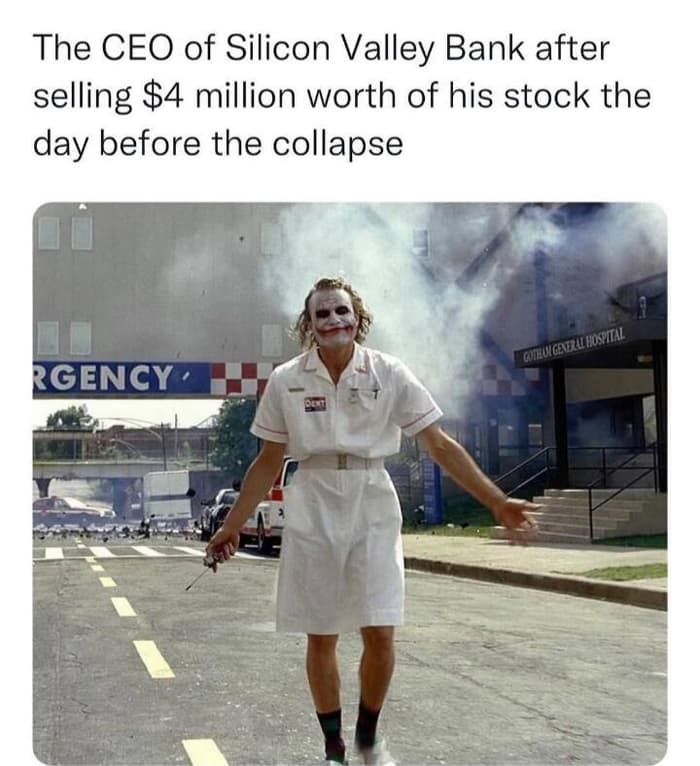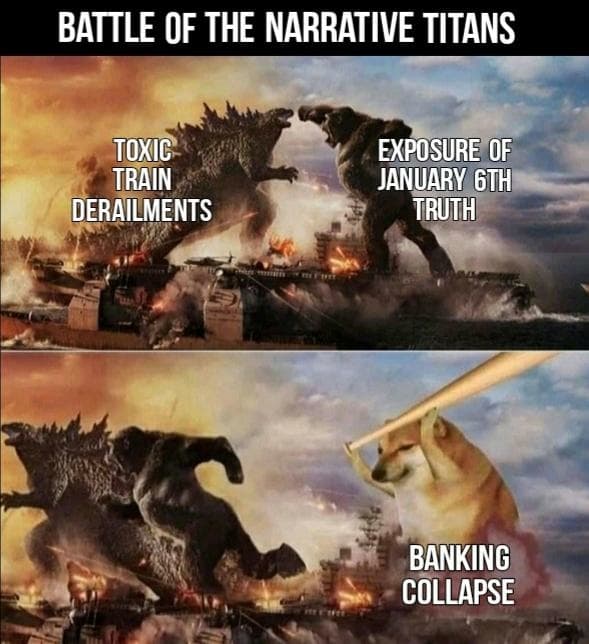Now Signature Bank gone bye bye.
Crazy times, better hide your money
Feds (taxpayers) bailing out these banks. Why have a fake $250k limit?
The concern is panic and bank contagion. It’s a legit concern and would be a disaster.
This is the new term of the day. I’ve heard it about a million times since Friday.
Same thing as panic or bank run for the most part.
You have to admit that contagion sounds cooler. Lol
If anything, it was a pretty good movie.
I watched it at the beginning of the pandemic. Probably not the best timing. Lol
I don’t get the run on banks. It’s not like they are all withdrawing cash like in Bailey Building and Loan, they were transferring their money to another bank. Why would it collapse the banking system? I bet we forget this by next week.
Moody’s considers downgrading 6 banks including Comerica and Zion (which bought Bank of Texas/Amegy)
I wondered what would happen with both raising rates while quantitative tightening. Even Volker didn’t have that on his plate.
We’re at a crossroad with ESG, but if you start to shy away from it, it makes you look like you don’t care about diversity and inclusion
TBTF
Every bank’s quarterly financial statements are public information. They are called Call Reports and they are on line and you can see every quarterly financial statement from Chase to First State Bank of Muleshoe North Dakota. They are pretty big documents with lots of information. But one of the schedules in the call report is investments and investment maturities.
I looked at SVB’s call report and their investment maturities were incredibly long term. There is no way that their investment horizon could ever be defended as prudent and sound. I honestly have no idea how this got by the bank examiners or how the bank examiners signed off on this.
To me, that is the story. Why the FDIC examiners ok’d SVB’s investment portfolio.
By the way a lot of people don’t realize this but the FDIC insurance on deposits isn’t paid by the tax payers. It is just insurance and the bank’s pay for it. None of the FDIC’s funding comes from Congress. When a bank fails every bank sees their FDIC insurance become more expensive.
Now if the government decides to pay over and above the $250,000 FDIC insurance limit, then it is on the tax payers. That is what this administration decided to do.
I am thinking you know more than just “a little” about this topic. Thanks for sharing and lines up with what I am hearing from a buddy who is in banking and financial risk assessment.

